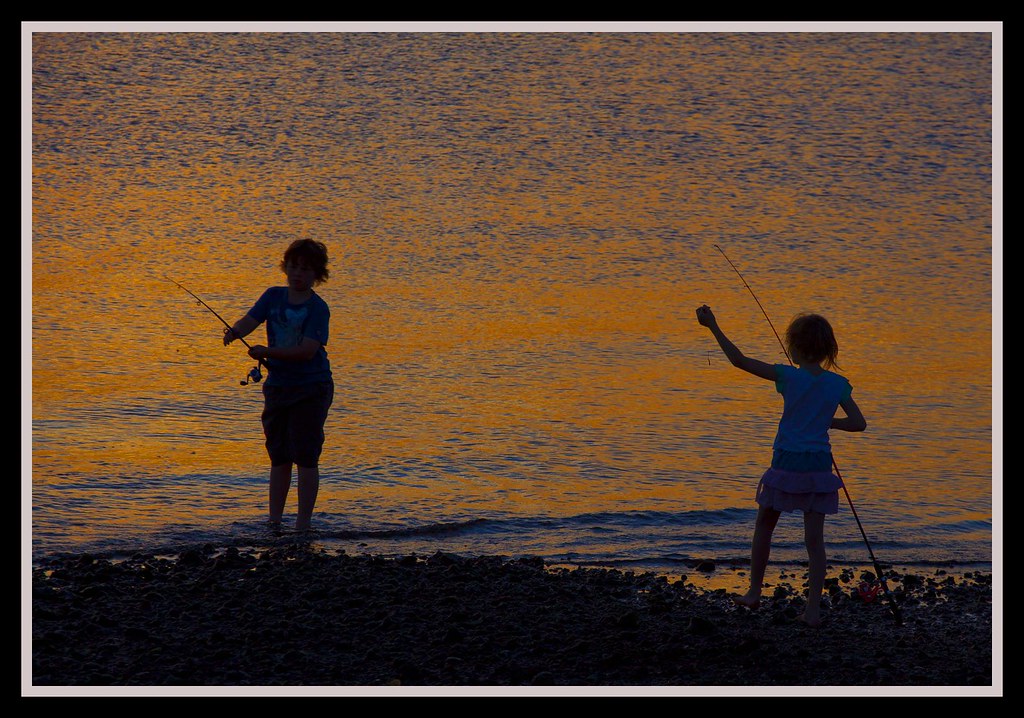“books” by stebulus is licensed under CC BY 2.0
Learner-to-Learner Online Communication Review
Moore stated there are three types of learning in online environments: learner-to-learner, learner-to-teacher, and content-to-learner (1989). Since spring break, teachers have made adaptations for delivering content to students, and have used alternative methods for communicating such as e-mail, phone calls home, creation of websites, the use of centralized online learning spaces, and the use of video conferencing. However, I feel one of the foundational pillars Moore stated has been left out, and that is learner-to-learner interactions.
Learner-to-learner communication is a part of the British Columbia curriculum. It is outlined by the B.C. Ministry of Education as one of the three core competencies that is fundamental for students to acquire (“Communication | Building Student Success,” n.d.). Informally, my online students described to me the challenges of not being able to talk with their peers freely, feeling disconnected, and not having the opportunity to have small group conversations with their peers. In order to meet the education guidelines set by the government, we need to change our online teaching practices.
Lev Vgotsky stated, “Human learning presupposes a specific social nature and a process by which children grow into the intellectual life of those around them” (1978, p.88). Vgotsky’s social development theory describes how social development is imperative for cognitive development. If we are limiting student social interactions, we are limiting cognitive development.
Additionally, Ted Aoki’s ideas on the polarization of the lived curriculum and planned curriculum (1993). The planned curriculum being the core competencies mandated by a governing body such as the B.C. Ministry of Education, and the lived curriculum, the stories, metaphors, personal aspirations, and the phenomenological expression of the students themselves. It is an embodiment of celebrating the uniqueness of individuals, and how those shared experiences with others enriches the learning experience.
In an online learning setting, you can’t replicate the same experiences in a classroom. However, you can be more proactive by giving the opportunity for learners to communicate with their classroom peers online by establishing clear expectations and guidelines for parents, educators, and high school students.
References:
Aoki, T. T. (1993). Legitimating lived curriculum: Towards a curricular landscape of multiplicity. Journal of Curriculum and Supervision, 8(3), 255-268.
Communication | Building Student Success. (n.d.). Retrieved from https://curriculum.gov.bc.ca/competencies/communication/
Moore, M. G. (1989). Three types of interaction. The American Journal of Distance Education, 3(2), 1-6.
Vygotsky, L., & Cole, M. (1978). Mind in society. Harvard University Press.


Recent Comments